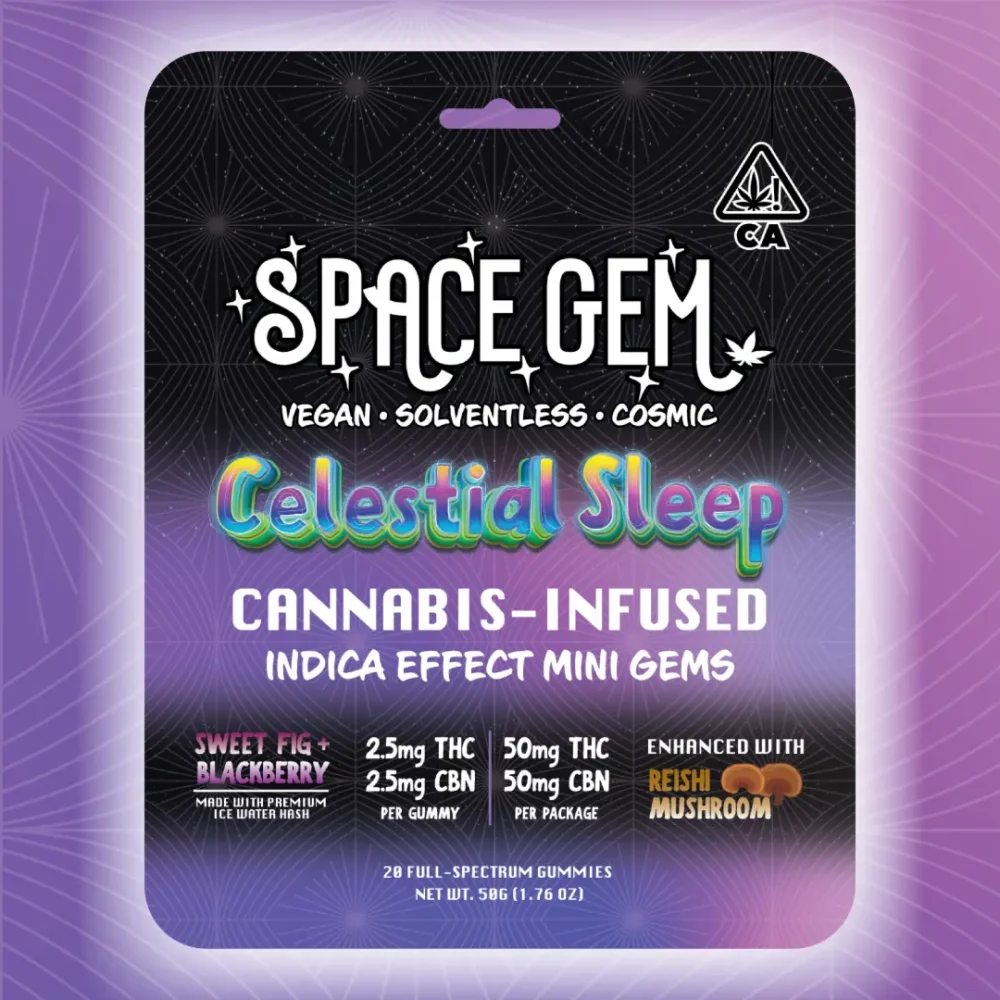As cannabis legalization continues to spread across the United States and around the world, one demographic group is quietly but powerfully redefining what it means to age: seniors. From chronic pain to sleep disorders, arthritis to anxiety, older adults are increasingly turning to cannabis products to improve their quality of life.
And the numbers don’t lie.
According to recent studies, cannabis use among Americans 65 and older has increased tenfold in the past decade. What was once taboo is becoming normalized, especially as traditional pharmaceuticals come with harsh side effects and dependency concerns.
The stigma is slowly breaking down, and seniors are asking important questions:
Can cannabis help me feel better?
Can it help me move, sleep, and live more comfortably?
Let’s break down how cannabis may support aging adults and explore some of the most common conditions it’s being used to address.
But first, let’s make sure we’re all on the same page.
Weed is different for everyone and we do not guarantee that it will help you with any of your medical conditions related to pain, sleep, anxiety, ptsd, etc.
Why Seniors Are Turning to Cannabis
For many older adults, cannabis offers a natural alternative to the cocktail of prescription drugs they’ve been handed over the years. Some find it helps reduce or even replace opioids, muscle relaxers, or anti-anxiety meds. Others are using it to simply feel more at ease in their own bodies.
Here are a few key reasons why seniors are embracing cannabis:

Pain Relief: Chronic pain is one of the most common reasons older adults try cannabis, especially for conditions like arthritis, neuropathy, or back pain.
Sleep Support: Many seniors struggle with insomnia or restless sleep, and THC or CBN-based products can help promote longer and deeper rest.
Appetite and Digestion: Cannabis may help improve appetite and reduce nausea, especially for seniors undergoing treatment for cancer or other serious illnesses.
Mood and Mental Health: Mild anxiety, depression, or mood swings can be eased with small doses of cannabinoids, especially CBD.
Inflammation and Mobility: Certain cannabis strains and topical products are used to reduce inflammation and help with joint stiffness or limited mobility.
Understanding How Cannabis Works in the Aging Body
The body has an endocannabinoid system (ECS), which plays a crucial role in maintaining internal balance—or homeostasis. As we age, natural endocannabinoid levels can decrease, which may contribute to increased inflammation, lowered pain thresholds, and worsened sleep.
Cannabis interacts with this system via cannabinoids like THC and CBD. THC binds to receptors in the brain and body to reduce pain, stimulate appetite, and alter mood. CBD interacts more indirectly, offering anti-inflammatory and anxiolytic (anxiety-reducing) effects without the high.
For seniors new to cannabis, education is key.
Start low, go slow, and always consult a knowledgeable budtender, medical professional, or caregiver before diving in.
There has been an increase in seniors going to the hospital due to cannabis use so it is very important to start with the lowest doses possible. Edibles and tinctures before smoking would be a solid recommendation.
Popular Cannabis for Seniors
Today’s cannabis marketplace offers a range of products designed with older users in mind. Some of the most accessible formats include:
1. Topicals
Creams, balms, and patches that can be applied directly to sore joints or muscles. These don’t enter the bloodstream and offer localized relief.
2. Tinctures
Liquid cannabis extracts that can be taken under the tongue. They offer a discreet, smoke-free option with relatively fast onset and easy dosage control.
3. Low-Dose Edibles
Gummies, mints, or capsules with as little as 2.5mg of THC or CBN or a balanced ratio with CBD are perfect for first-time users who want gentle, lasting relief.

4. CBD-Only Products
Many seniors prefer starting with non-intoxicating CBD, available in oils, capsules, and even beverages. These products offer potential relief without the psychoactive effects.
Cannabis and Common Senior Conditions
Let’s take a closer look at some of the most common issues cannabis is being used for in aging adults:
Arthritis and Joint Pain
Topicals and tinctures high in CBD or with a 1:1 THC/CBD ratio are showing promise in reducing swelling and pain associated with arthritis.
Alzheimer’s and Dementia
Preliminary research suggests cannabinoids may help reduce agitation, improve sleep, and ease anxiety in dementia patients. More studies are needed, but early results are promising.
Cancer Symptoms
For seniors undergoing chemotherapy or radiation, cannabis may alleviate nausea, improve appetite, and reduce the need for additional medications.
Parkinson’s Disease
Some patients report improvements in tremors, stiffness, and sleep quality with careful use of THC and CBD, though more clinical research is needed.
Breaking the Stigma and Encouraging Conversation
Despite increasing acceptance, many seniors still face stigma when talking about cannabis—especially with family members or healthcare providers. It’s important to normalize these conversations and emphasize that cannabis use is about wellness, not rebellion.
Education and community support go a long way. Local dispensaries, community centers, and even churches in legal states are hosting “Cannabis 101 for Seniors” workshops. Programs like these empower older adults to explore plant-based medicine with confidence and caution.
Aging doesn’t have to mean suffering through pain, sleepless nights, or side effects from heavy prescriptions. With smart guidance, cannabis can help seniors feel more in control of their health and wellbeing.
As we continue to spotlight the evolution of cannabis culture, we encourage readers to speak with loved ones about cannabis in a respectful, open-minded way. When seniors feel supported in exploring new wellness tools, the whole community wins.








